GEORGE TOWN, Aug 24 — Back in the 1950s, Sim Seng Lee learned how to make belacan, the fermented shrimp paste that is so beloved in South-east Asian cuisine, from his kampung friends and decided to try producing it commercially.
That was the beginning of SSL Belacan.
Living in Batu Ferringhi at the time, it was easy for him to catch geragau shrimps from the beach in order to make belacan.
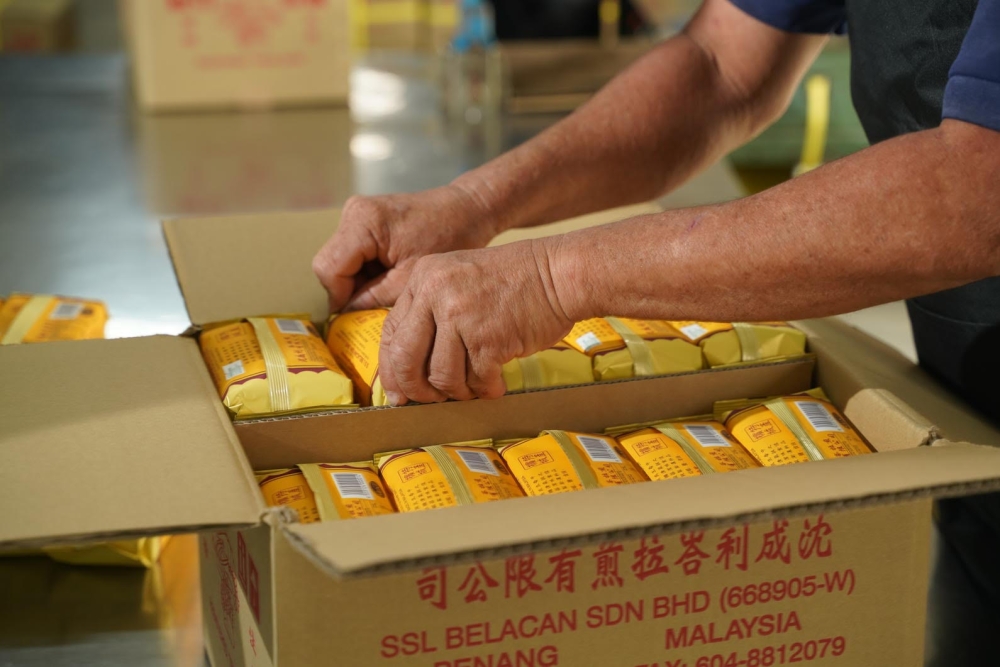
Packaged ‘belacan’ being packed into boxes. — Picture courtesy of SSL Belacan
The making of this popular pungent ingredient was a tedious process that took patience and long waiting periods.
Sim’s grandson, Sam Sim Khang Hien, 50, said his grandfather would not only catch the shrimps himself but also discard other bits such as crabs and small fish from the catch so that only shrimps are used.
After cleaning the shrimps, they are sun dried but before it is too dry, salt is added before the mincing.
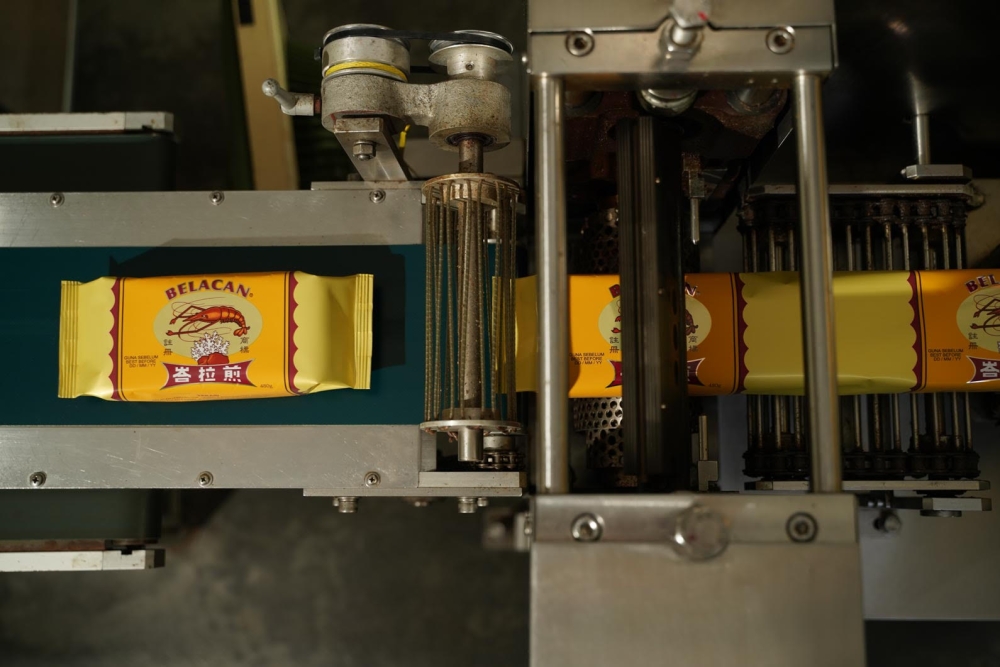
The automated packaging process of SSL Belacan. — Picture courtesy of SSL Belacan
”He will use a pestle to manually mince the shrimps and after it is fully minced into a paste, it is then wrapped tightly in banana leaves and stored in an airtight container to ferment, there must not be any pockets of air inside,” he said.
The paste is then left to ferment for between two to three weeks and it will be taken out to be stirred again before drying under the sun to reduce the moisture content.
”After drying, it is again stirred before it is wrapped tightly and stored in the fermentation container. This time, it will be left to ferment for another 10 to 13 weeks,” he said.
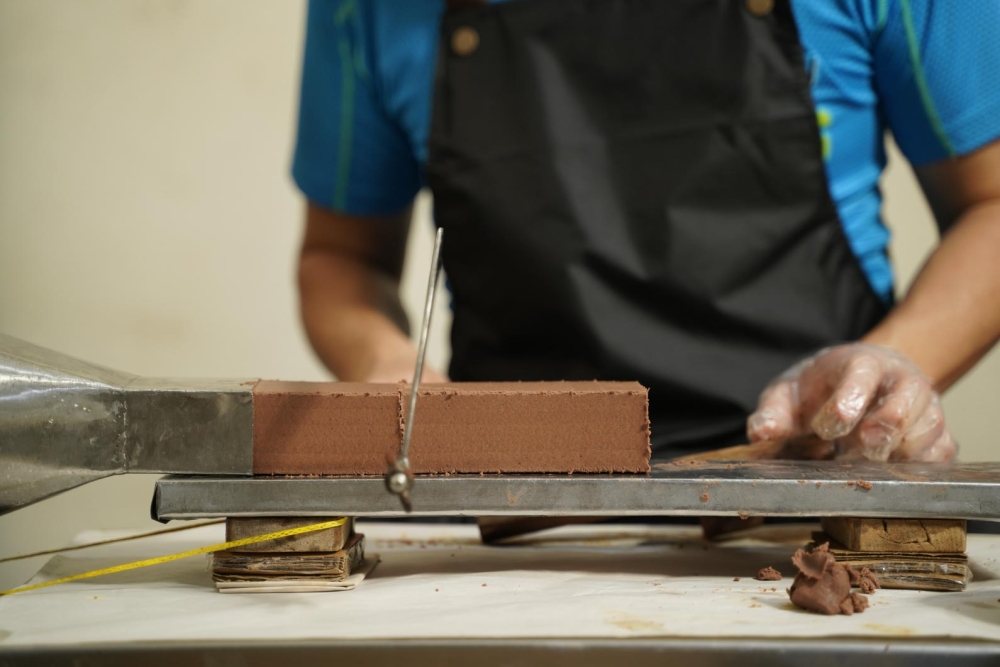
The ‘belacan’ being pressed into blocks before being cut and packaged. — Picture courtesy of SSL Belacan
The paste will be sun dried for the final time after that before it is pressed into the desired shape and packed to be sold.
The whole process takes between three to four months, depending on the weather and the fermentation process.
”The longer it is left to ferment, the more pungent it will be… this is why it takes so long to prepare one batch of belacan,” he said.
Sam’s father, Sim Leong Hock, shifted the factory to Balik Pulau in 2006 after they bought their own land to build the belacan processing factory there.
”Batu Ferringhi was becoming a busy tourist spot so processing belacan there, with the strong pungent smell, was not very conducive for tourism,” Sam said.
He said the land in Batu Ferringhi didn’t belong to them; it was better to buy their own place so that they have a permanent base.
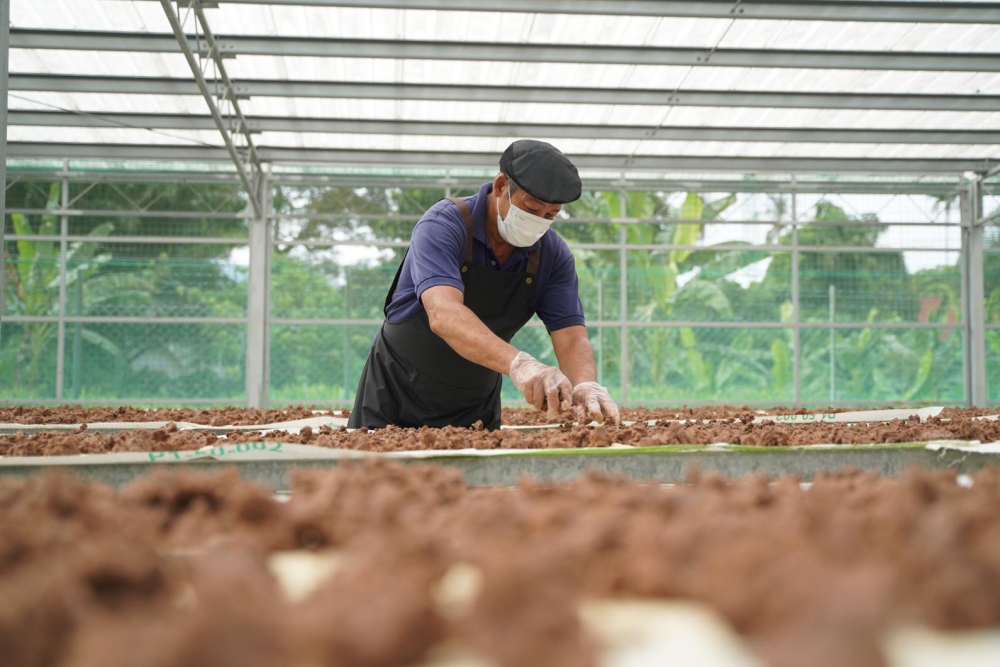
Sim Leong Hock spreading out the ‘belacan’ to be sun dried. — Picture courtesy of SSL Belacan
Today, though the process of mixing, sun drying and fermentation is cycled through in the same way as in his grandfather’s time, some parts have been modernised.
Instead of drying trays of the paste out in the open, they now have covered facilities with clear roofs for the sun to shine through while protecting the belacan from outside dust and rain.
”We have also automated the packaging process so this has cut down much of the manual labour too,” he said.
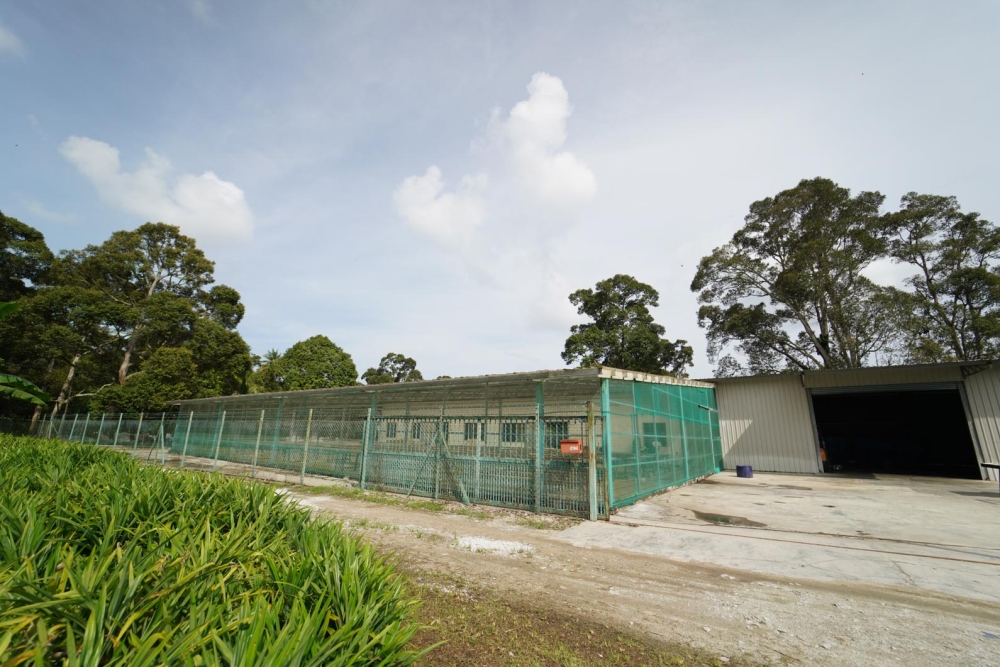
SSL Belacan is now located in Balik Pulau. — Picture courtesy of SSL Belacan
However, the number of workers in the processing factory remains about the same—about seven—to help with the many manual processes required such as placing the paste out to dry and collecting it.
”In fact, one of our workers has been with us since my grandfather’s time,” he said.
As for the geragau shrimp, they rely on a good supplier from Perak as the shrimps are still abundant there though they are no longer available off the shores of Penang island now.
Sam, who studied mechanical engineering and was working overseas in project management, came back to help his father with the family business two years ago.
”My father was not well at that time and he asked which one of us wants to come back and take over so I decided it was time to come home,” he said.
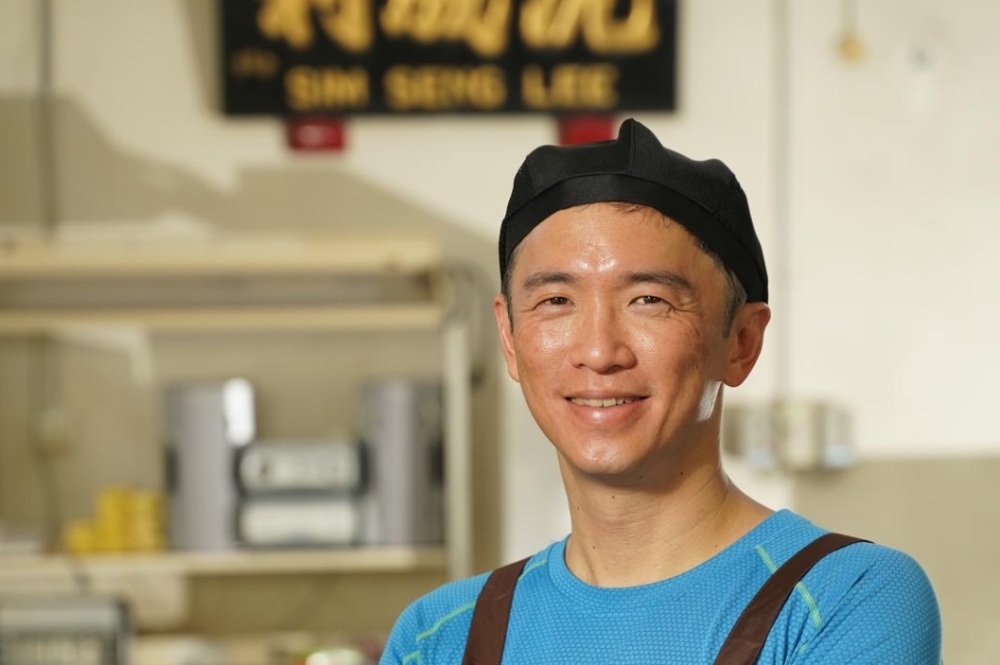
Sam Sim came back to help his father with the family business two years ago. — Picture courtesy of SSL Belacan
Sam has a younger sister and brother, both of whom are also working overseas.
He said he knew from young that one day he has to take over the family business so it was not a sudden decision.
Since his return, he has set up a website for the business complete with information on the belacan and some recipes for customers to try using the belacan.
Among the recipes are sambal petai, sambal kang kong, sambal prawn and belacan fried rice.
Sam said some of the recipes were from his family while others were shared by his friends who own restaurants.
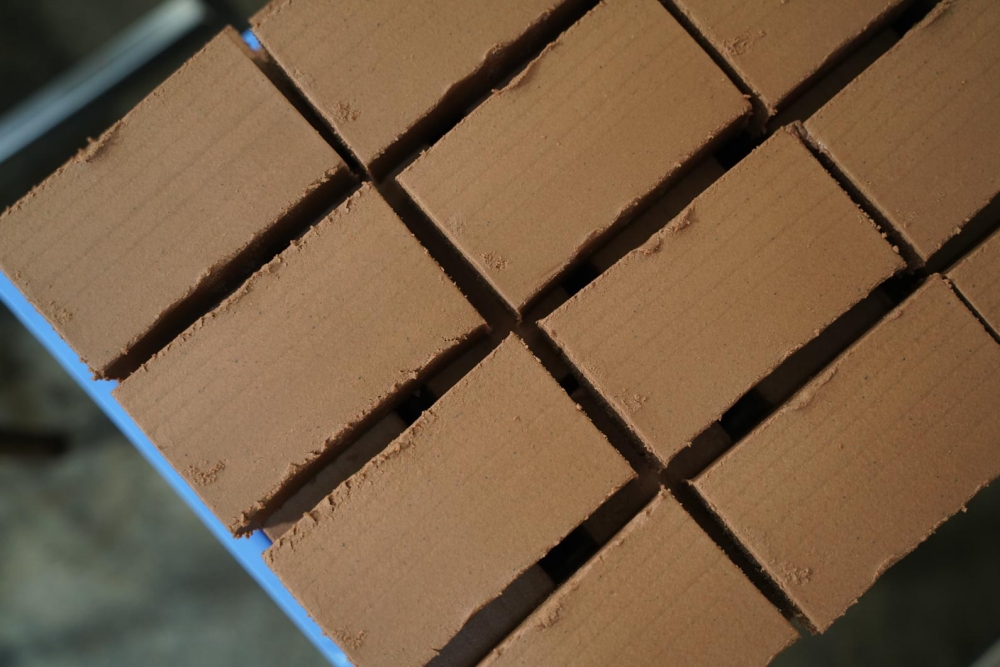
‘Belacan’ that has been pressed and cut, ready to be packaged. — Picture courtesy of SSL Belacan
The factory now produces about 750 kilograms of belacan daily that is sold locally and also exported to Taiwan, China, Singapore, Australia and even to the United States.
”We are in discussions with a company in India that’s planning to bring South-east Asian flavours into India and considering importing belacan,” he said.
The company is also in the process of applying for halal certification as they have plans to introduce belacan to Middle Eastern countries too.
SSL Belacan was one of the 10 traditional trades featured in a series of three-minute videos released by Penang Global Tourism recently.






